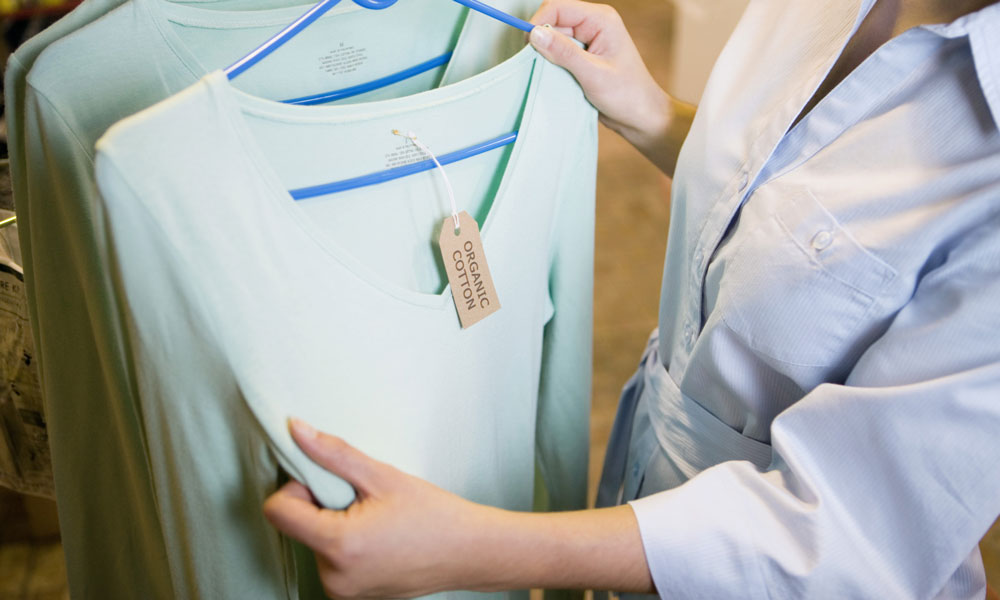
Organic Trade Association, Textile Exchange Partner to Advance Organic Fiber
The two groups have formalized a partnership to advance advocacy initiatives as well as educate consumers and manufacturers on the environmental, health, and social justice benefits of organic fiber.
U.S. consumers spend more than $35 billion on organic food each year, according to the Organic Trade Association, and now the group hopes to expand that enthusiasm to items made with organic fiber, such as clothing, bedding, and mattresses.
To help on that front, OTA and Textile Exchange (TE) signed a memorandum of understanding (MOU) in December, a joint news release said last week. News of a formalized MOU comes after OTA formed its Fiber Council last April to help grow the North American organic fiber sector.
“Under the agreement, OTA and TE will work together on legislative advocacy initiatives undertaken by the Fiber Council, advance organic fiber market messaging to consumers, promote awareness and education on both [the Global Organic Textile Standard] and the Organic Content Standard (OCS) and certification, develop and participate in media efforts to facilitate awareness and knowledge related to organic fibers, and develop and participate in various industry initiatives such as workshops, seminars, and webinars,” the release said.
According to OTA, sales of organic fiber, particularly cotton, continue to climb globally, making it the fastest-growing non-food sector. However, since consumers don’t eat their clothes, many don’t fully understand the benefits of shelling out extra dollars for an item made with organic fiber, OTA’s Senior Director of Regulatory and Technical Affairs and Fiber Council Staff Liaison, Gwendolyn Wyard, told Associations Now. The groups want to change that.
“We joined forces with [TE] to be able to work on resources and create materials to effectively communicate what the benefits [of organic fiber] are,” she said. Approximately 25 percent of the world’s insecticides and 10 percent of pesticides are used to grow non-organic cotton, Wyard said, adding that those chemicals, plus the use of synthetic fertilizer, negatively affects growing soil. In addition, workers picking the cotton are exposed to the chemicals, which Wyard said makes organic fiber not only an environmental and health issue but also a social justice issue.
“This is just the beginning of an exciting collaboration that will propel the organic fiber sector to the next level,” said OTA and TE Board Member Marci Zaroff, who pushed for the groups to collaborate. “People want to make organic a bigger part of their lifestyle, but they are often unaware of all the ways that organic fiber can contribute to human and planetary wellness, as well as social justice.”
While Wyard said the groups have a lot of work to do, they are not starting from scratch. “We’ve successfully increased organic food growing operations from 12 to 20 percent,” she said. To increase organic fiber acreage and sales, Wyard said the groups need to help consumers connect the dots.





Comments